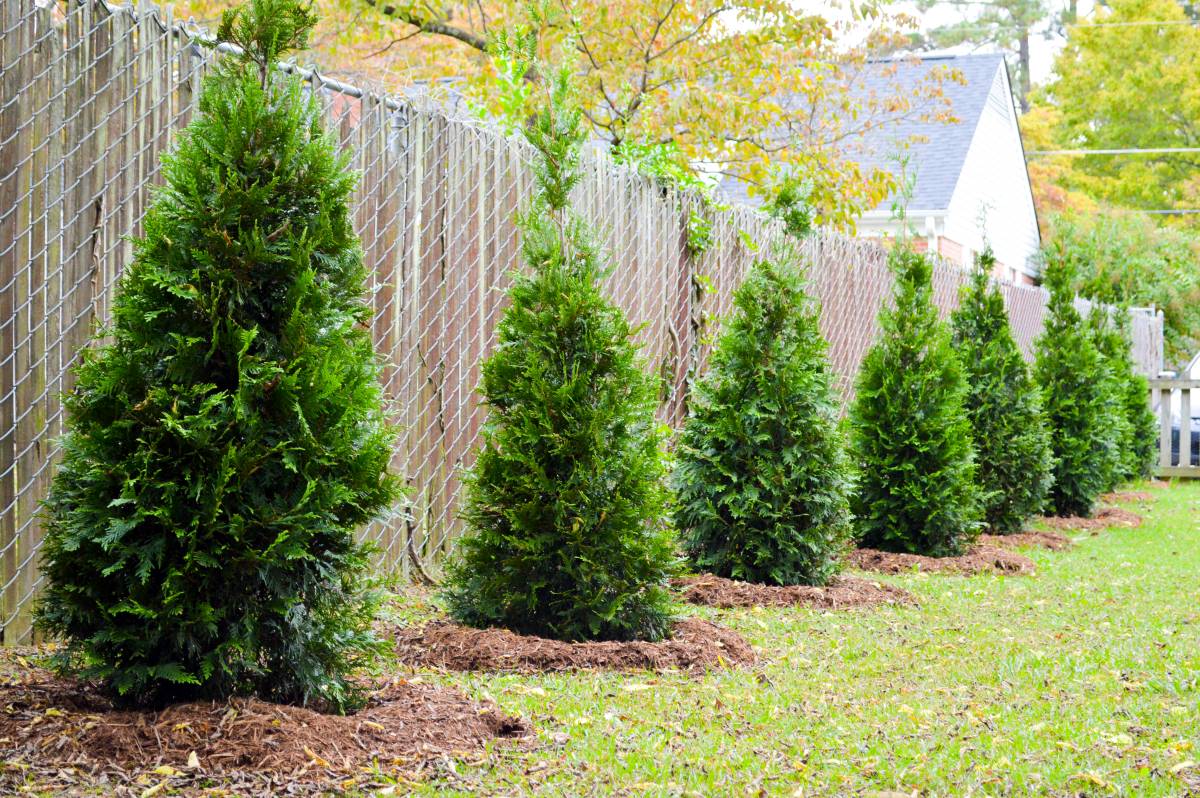

Articles
How Far To Plant Arborvitae From Fence
Modified: December 7, 2023
Learn how far to plant arborvitae from a fence and get helpful tips in this informative article.
(Many of the links in this article redirect to a specific reviewed product. Your purchase of these products through affiliate links helps to generate commission for Storables.com, at no extra cost. Learn more)
Introduction
Planting arborvitae near a fence can be a great landscaping choice, providing privacy, greenery, and aesthetic appeal to your outdoor space. However, it’s important to consider certain factors and follow specific guidelines to ensure the optimal growth and health of your arborvitae trees. In this article, we will explore the recommended distance for planting arborvitae from a fence, as well as some tips and potential issues to keep in mind.
Arborvitae, also known as Thuja, are evergreen trees or shrubs that are commonly used as hedging or screening plants. They are known for their dense foliage, which can provide an effective barrier against noise and unwanted views. Planting arborvitae near a fence can enhance the privacy and beauty of your property.
However, it’s important to remember that arborvitae need space to grow and thrive. Planting them too close to a fence can lead to issues such as overcrowding, poor air circulation, and limited access to sunlight. These factors can negatively impact the health and overall growth of the trees.
To avoid these issues, it’s crucial to consider various factors when deciding how far to plant arborvitae from a fence. Let’s explore some of these factors in detail.
Key Takeaways:
- Give your arborvitae room to breathe! Plant them at least 3-4 feet away from the fence to ensure healthy growth, proper sunlight, and easy maintenance access.
- Choose the right variety, prepare the planting area, and be mindful of potential issues. With proper care, your arborvitae near the fence will thrive and enhance your outdoor space.
Read more: How Far To Plant Tree From Fence
Factors to Consider
When determining the distance for planting arborvitae from a fence, it’s important to consider several factors to ensure the optimal growth of the trees. These factors include:
- Mature Size: Consider the mature size of the arborvitae variety you plan to plant. Different cultivars can have varying heights and widths, so research the specific variety to determine its mature dimensions.
- Root System: Arborvitae have a shallow root system, which means they may spread horizontally rather than deeply. This should be taken into account when considering the distance from the fence, as the roots may compete for space with the fence foundation.
- Sunlight Exposure: Arborvitae generally require full sun to partial shade to thrive. Assess the location of your fence to ensure that the trees will receive sufficient sunlight throughout the day. Planting them too close to the fence may lead to shade obstruction and hinder their growth.
- Air Circulation: Good air circulation is essential for arborvitae trees to prevent diseases and promote healthy growth. Planting them too close to a fence may restrict air movement around the trees and increase the risk of fungal infections and other ailments.
- Maintenance Access: Consider the practicality of accessing and maintaining the arborvitae trees when they are planted near a fence. Leaving enough space between the trees and the fence will allow for easier pruning, trimming, and overall care.
By taking these factors into account, you can determine the appropriate distance for planting arborvitae from a fence and ensure that your trees have the best possible conditions for healthy growth.
Recommended Distance for Planting Arborvitae
The recommended distance for planting arborvitae from a fence can vary depending on the specific variety and its growth habits. However, a general guideline is to keep a minimum distance of 3 to 4 feet between the arborvitae trees and the fence. This allows for adequate space for the trees to grow and prevents potential issues associated with planting them too close.
The 3 to 4 feet distance provides enough room for the arborvitae to develop a healthy root system without competing with the fence foundation. It also allows for proper air circulation and access to sunlight, which are essential for the trees’ overall health and vigor.
For larger arborvitae varieties that can reach considerable heights and widths, you may need to increase the distance between the trees and the fence. It’s crucial to research the specific variety you are planting and consider its mature size when determining the spacing.
Additionally, if you plan to create a row of arborvitae as a hedge or privacy screen, it’s important to consider the spacing between each tree in the row. A recommended spacing for arborvitae hedges is typically 3 to 5 feet apart, center to center. This allows the individual trees to grow and fill in the gaps, creating a dense and cohesive hedge over time.
Remember, the recommended distance for planting arborvitae from a fence serves as a guideline, and adjustments may need to be made based on your specific landscape and preferences. Consulting with a professional landscaper or arborist can provide valuable insights tailored to your specific needs.
Plant arborvitae at least 3 feet away from a fence to allow for proper growth and maintenance. This distance will prevent the plants from overcrowding the fence and provide space for trimming and care.
Tips for Planting Arborvitae near a Fence
When planting arborvitae near a fence, there are some tips you can follow to ensure successful growth and a visually appealing landscape:
- Choose the right variety: Select a variety of arborvitae that suits the specific growing conditions of your area. Consider factors such as soil type, sunlight exposure, and climate to choose a variety that will thrive and withstand your local conditions.
- Prepare the planting area: Clear any weeds, debris, or grass in the area where you plan to plant the arborvitae. Loosen the soil and remove any rocks or large clumps. This will create a suitable environment for the young trees to establish their roots.
- Dig the planting holes: Dig holes that are twice as wide as the root balls of the arborvitae trees. The depth of the holes should match the depth of the root balls. This will provide ample space for the roots to spread and establish themselves.
- Amend the soil: If your soil is heavy or compacted, amend it with organic matter such as compost or peat moss. This will improve drainage and nutrient availability for the arborvitae. Mix the organic matter with the existing soil before backfilling the holes.
- Plant at the appropriate depth: Place the arborvitae trees in the holes, making sure that the top of the root ball is level with the surrounding ground. Avoid planting them too deep, as it can lead to waterlogging and root rot.
- Water thoroughly: After planting, water the arborvitae trees thoroughly to settle the soil and remove any air pockets around the roots. Keep the soil evenly moist for the first year, especially during dry periods, to help the trees establish themselves.
- Mulch around the trees: Apply a layer of organic mulch around the base of the arborvitae trees. This will help conserve moisture, suppress weed growth, and regulate the soil temperature. Keep the mulch a few inches away from the trunks to prevent decay and moisture retention.
- Regularly maintain and prune: Prune the arborvitae to maintain their desired shape and size. Remove any dead, damaged, or crossing branches. Regularly inspect the trees for signs of pests or diseases, and take appropriate action if necessary.
By following these tips, you can ensure that your arborvitae trees thrive near the fence, providing privacy and beauty to your outdoor space for years to come.
Potential Issues with Planting Arborvitae near a Fence
While planting arborvitae near a fence can have numerous benefits, there are also some potential issues that you should be aware of:
- Overcrowding: If the arborvitae trees are planted too close to the fence, they may become overcrowded as they grow. This can lead to limited airflow, sunlight obstruction, and increased competition for resources. Overcrowded trees are more susceptible to diseases and may not reach their full growth potential.
- Root Competition: The shallow root system of arborvitae can spread horizontally, potentially competing with the foundation of the fence for space. Over time, the roots may cause damage to the fence, leading to instability or even collapse. It’s important to monitor the growth of the trees’ roots and take appropriate measures to prevent damage to the fence.
- Shade Obstruction: Planting arborvitae too close to a fence can result in shade obstruction. This can affect the growth and health of other plants or grass near the fence, as they may not receive sufficient sunlight. Consider the sunlight requirements of neighboring plants and ensure they are not overshadowed by the arborvitae trees.
- Limited Air Circulation: Close proximity to a fence can hinder proper air circulation around the arborvitae trees. Lack of airflow can create a damp and humid environment, which may contribute to the development of fungal diseases. It’s crucial to promote good air circulation by providing adequate spacing between the trees and the fence.
- Maintenance Difficulty: Planting arborvitae near a fence can make maintenance tasks more challenging. Trimming, pruning, or spraying for pests may require reaching over or in between the fence, resulting in inconvenience and potential damage to the fence. Ensure there is enough space for convenient access to the trees for maintenance purposes.
- Potential for Damage: As arborvitae trees grow taller, their branches and foliage may come into contact with the fence. This can lead to potential damage or wear on the fence, especially during strong winds or storms. Regularly inspect the trees and trim any branches that may pose a risk to the fence.
By considering these potential issues and taking the necessary precautions, you can minimize any undesirable consequences of planting arborvitae near a fence, ensuring a harmonious and beautiful landscape.
Conclusion
Planting arborvitae near a fence can be a wonderful landscaping choice, providing privacy, visual appeal, and a green backdrop to your outdoor space. However, it’s important to consider several factors and guidelines to ensure successful growth and avoid potential issues.
When determining the distance for planting arborvitae from a fence, it’s crucial to consider factors such as the mature size of the trees, their root system, sunlight exposure, air circulation, and maintenance access. By considering these factors, you can determine an appropriate distance that allows the arborvitae to flourish while complementing the overall aesthetics of your landscape.
The recommended distance for planting arborvitae from a fence is typically 3 to 4 feet, providing ample space for the trees to develop healthy roots, receive proper sunlight, and maintain good air circulation. However, it’s important to adjust the spacing based on the specific variety’s mature size and your landscape requirements.
When planting arborvitae near a fence, follow best practices such as preparing the planting area, digging adequate holes, amending the soil if necessary, and providing proper watering and maintenance. Regularly inspect the trees for signs of pests, diseases, or overcrowding, and take appropriate action to ensure their long-term health and vitality.
However, there are potential issues to be aware of when planting arborvitae near a fence, including overcrowding, root competition, shade obstruction, limited air circulation, and maintenance difficulties. By understanding and addressing these potential challenges, you can mitigate any negative impacts and maintain a harmonious balance between the trees and the fence.
In conclusion, planting arborvitae near a fence can be a rewarding endeavor, enhancing the privacy and aesthetics of your outdoor space. By considering the factors, following the recommended guidelines, and addressing potential issues, you can create a beautiful landscape that showcases the natural beauty of arborvitae trees while maintaining the integrity of your fence. Enjoy the benefits of these versatile and visually appealing trees, and watch your outdoor space transform into a serene and inviting sanctuary.
Frequently Asked Questions about How Far To Plant Arborvitae From Fence
Was this page helpful?
At Storables.com, we guarantee accurate and reliable information. Our content, validated by Expert Board Contributors, is crafted following stringent Editorial Policies. We're committed to providing you with well-researched, expert-backed insights for all your informational needs.
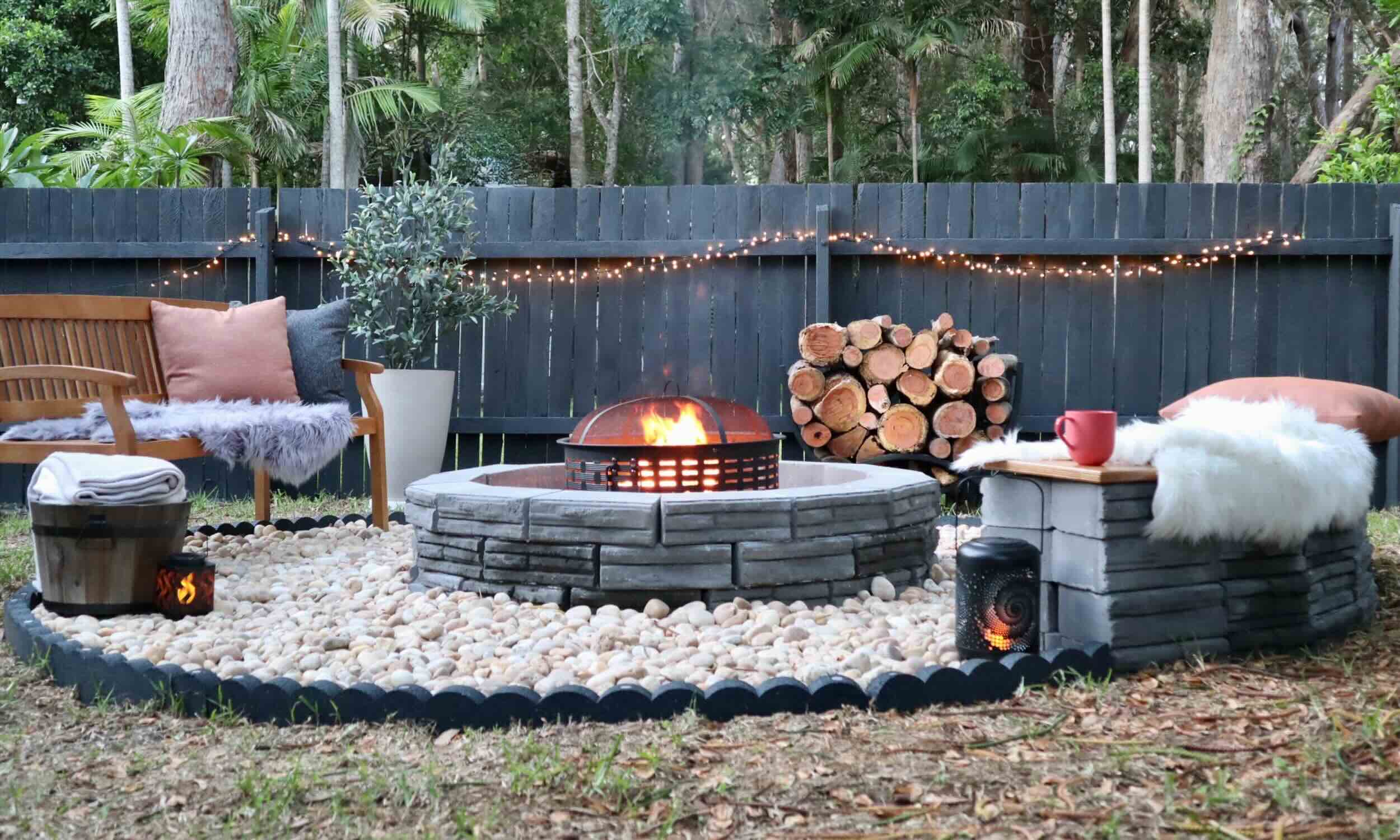
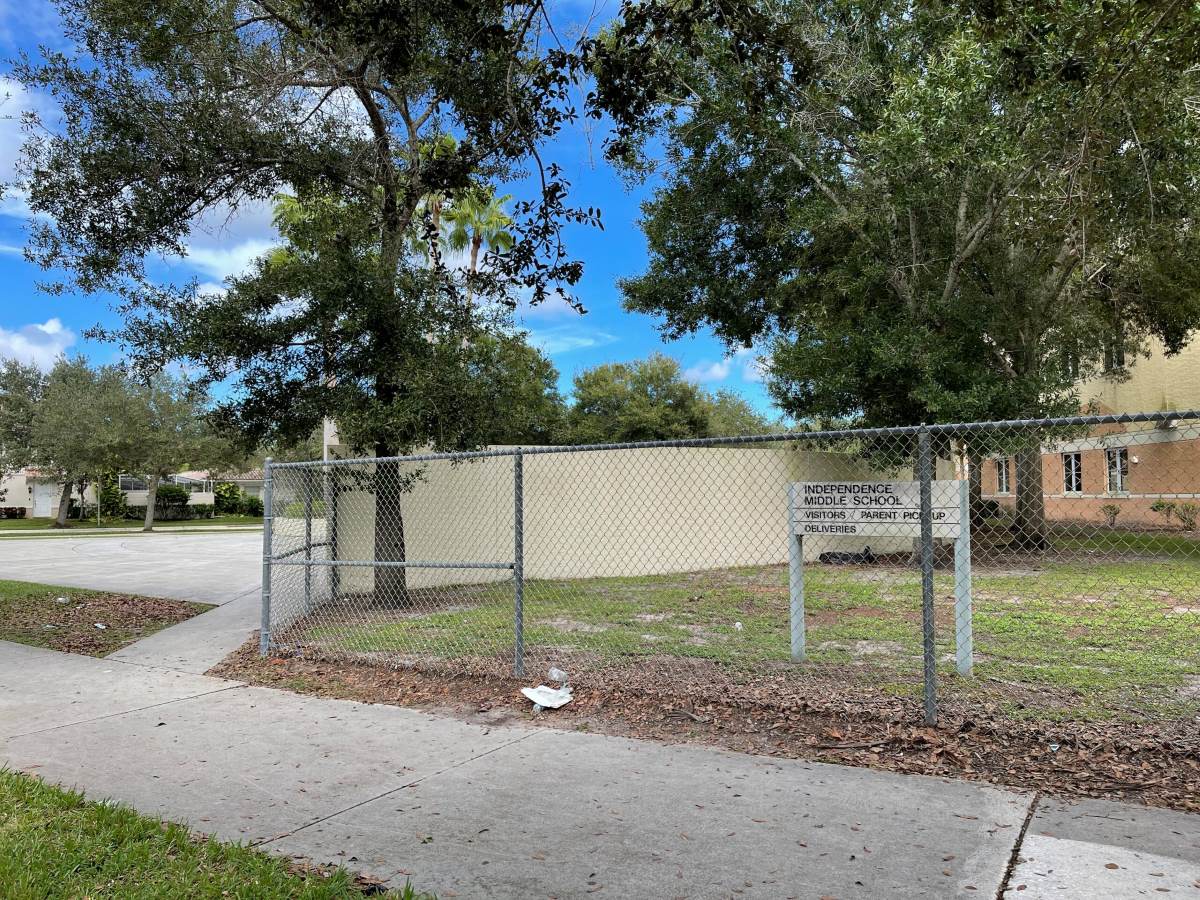
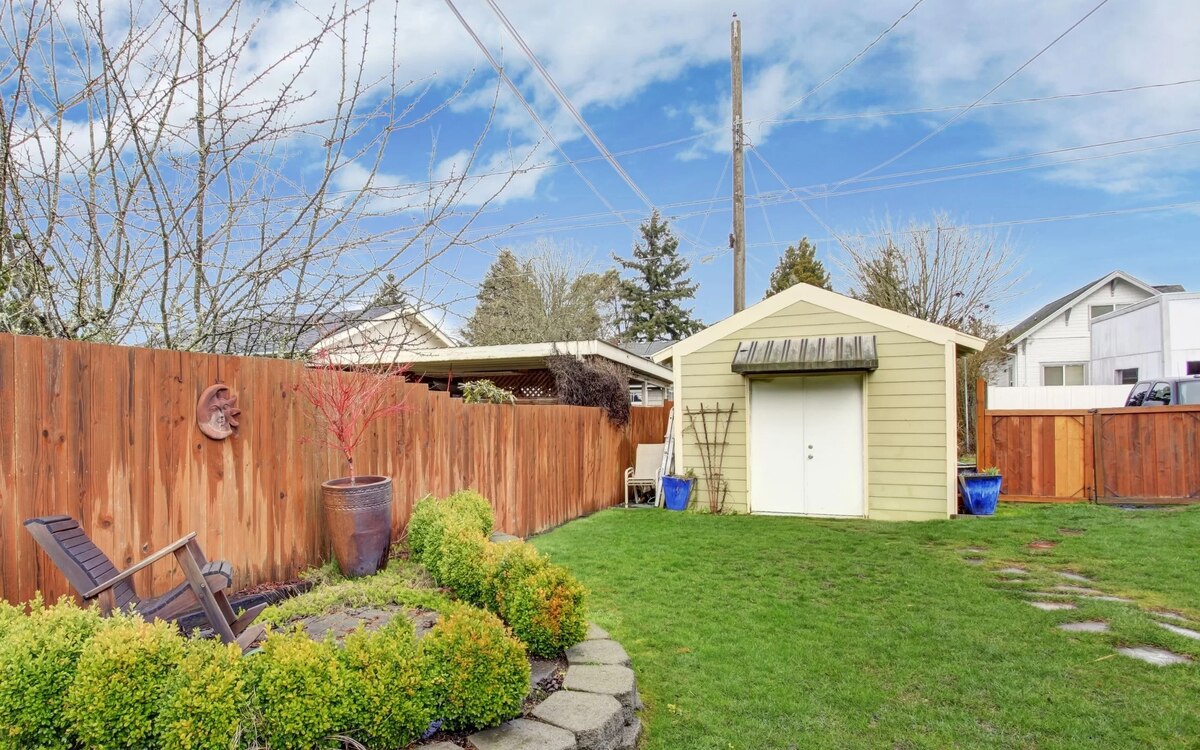
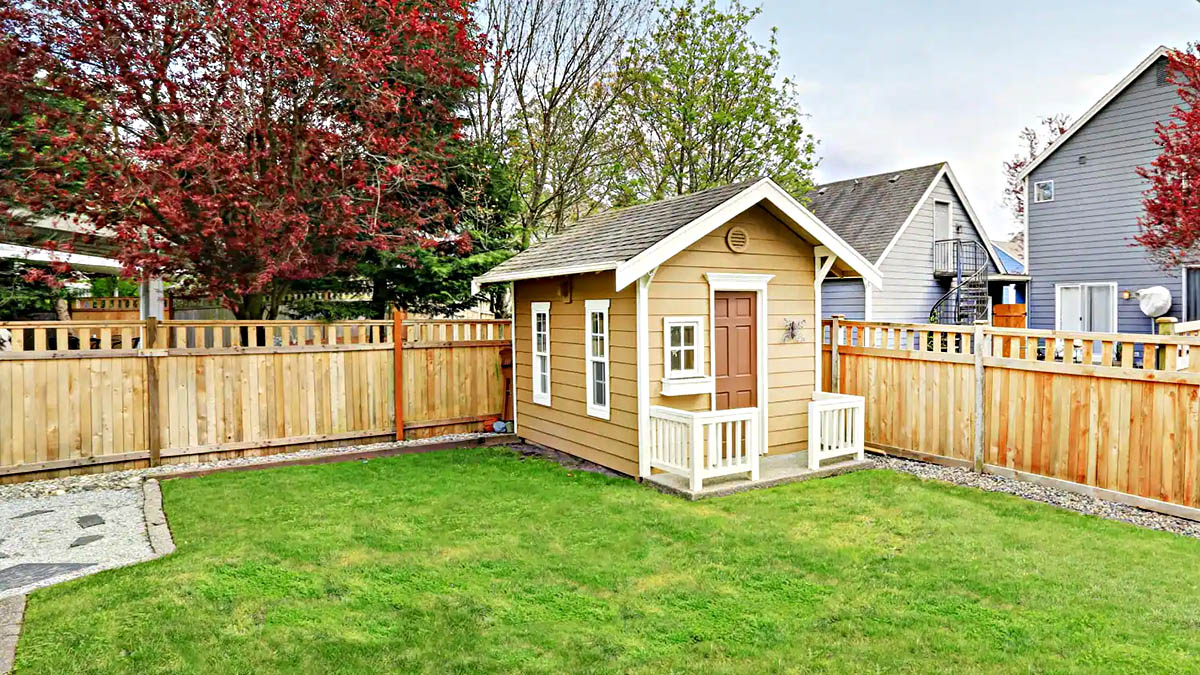
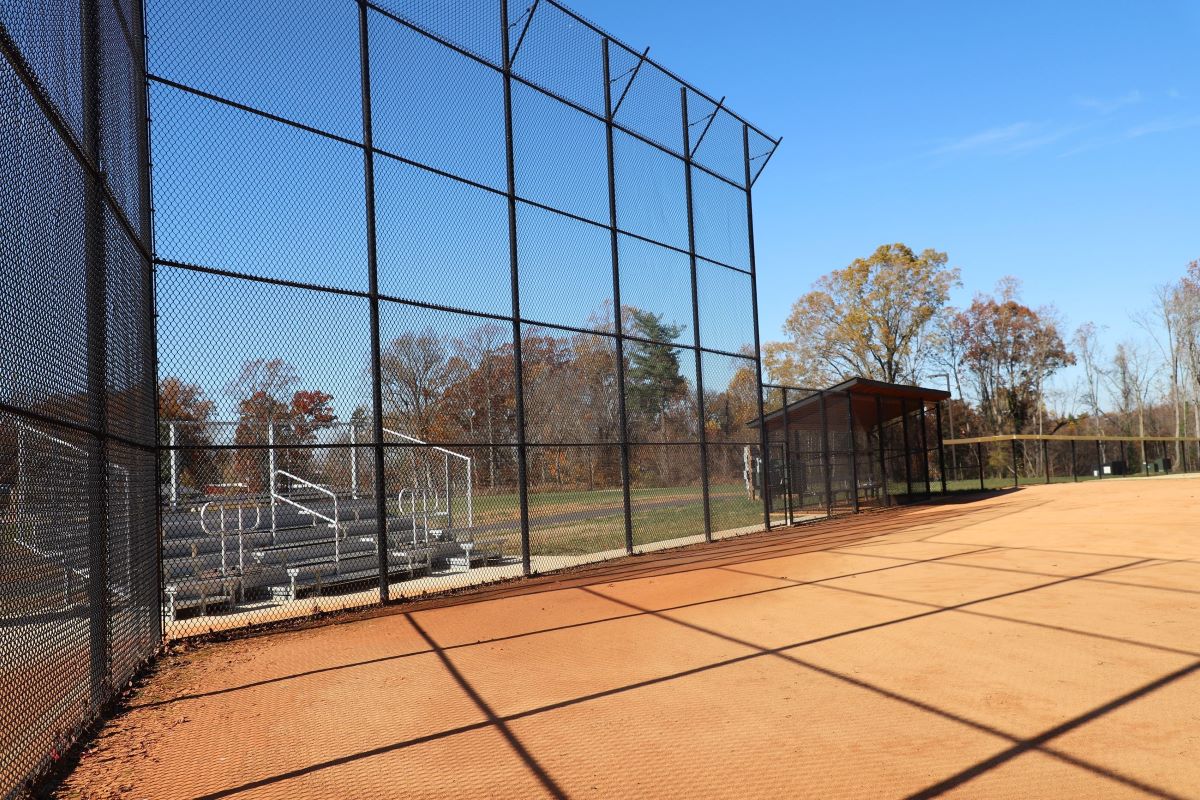
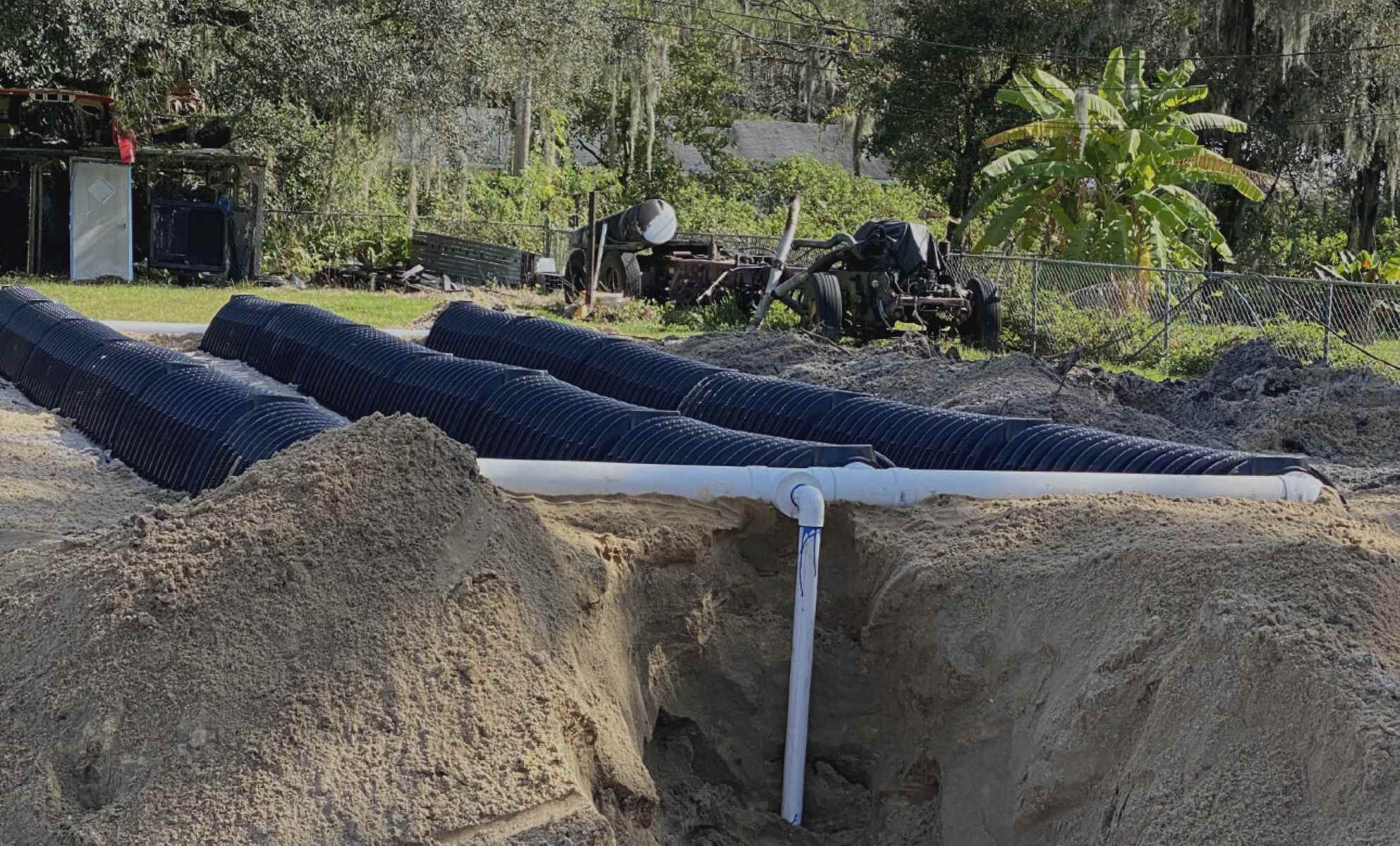
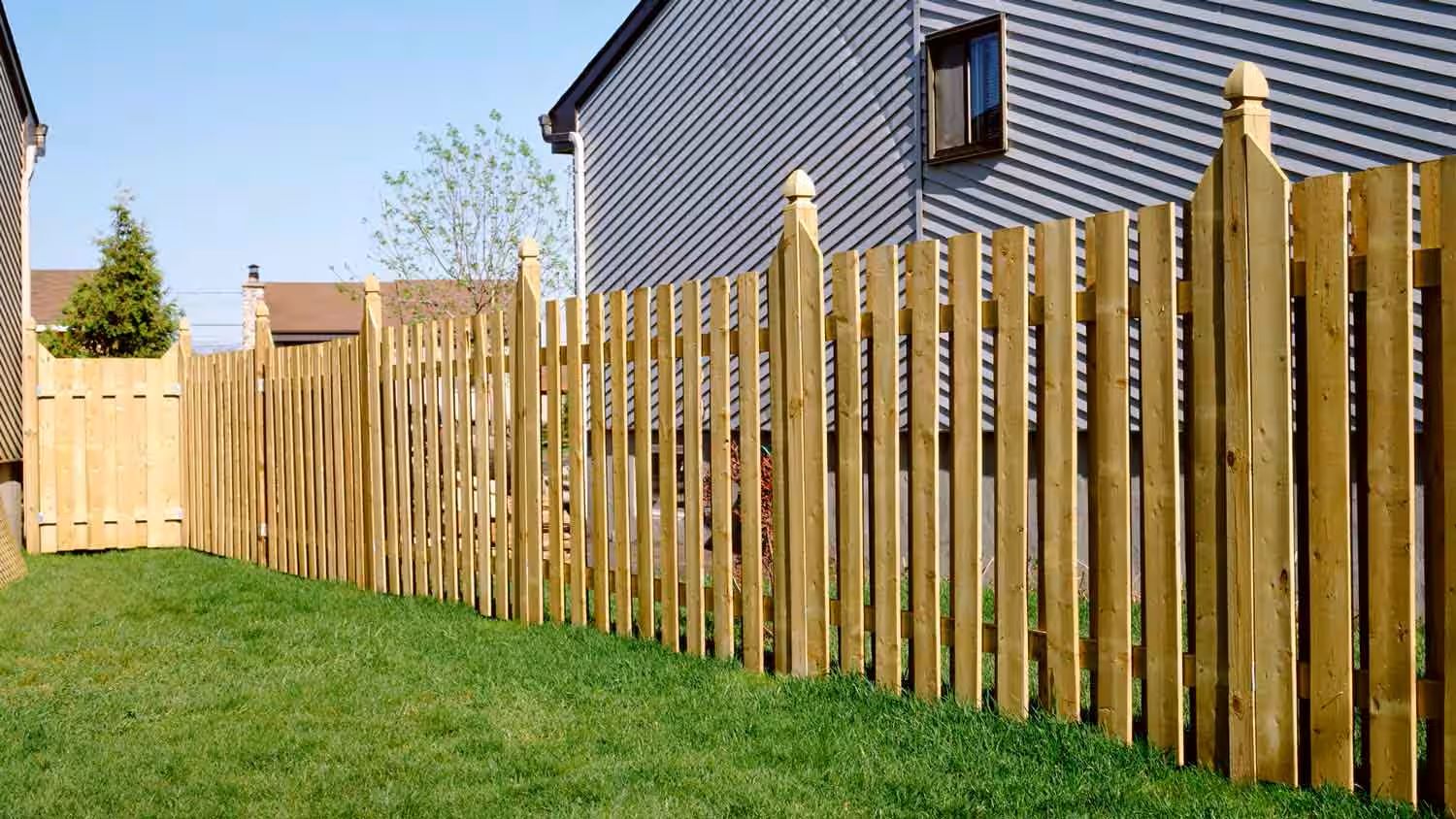
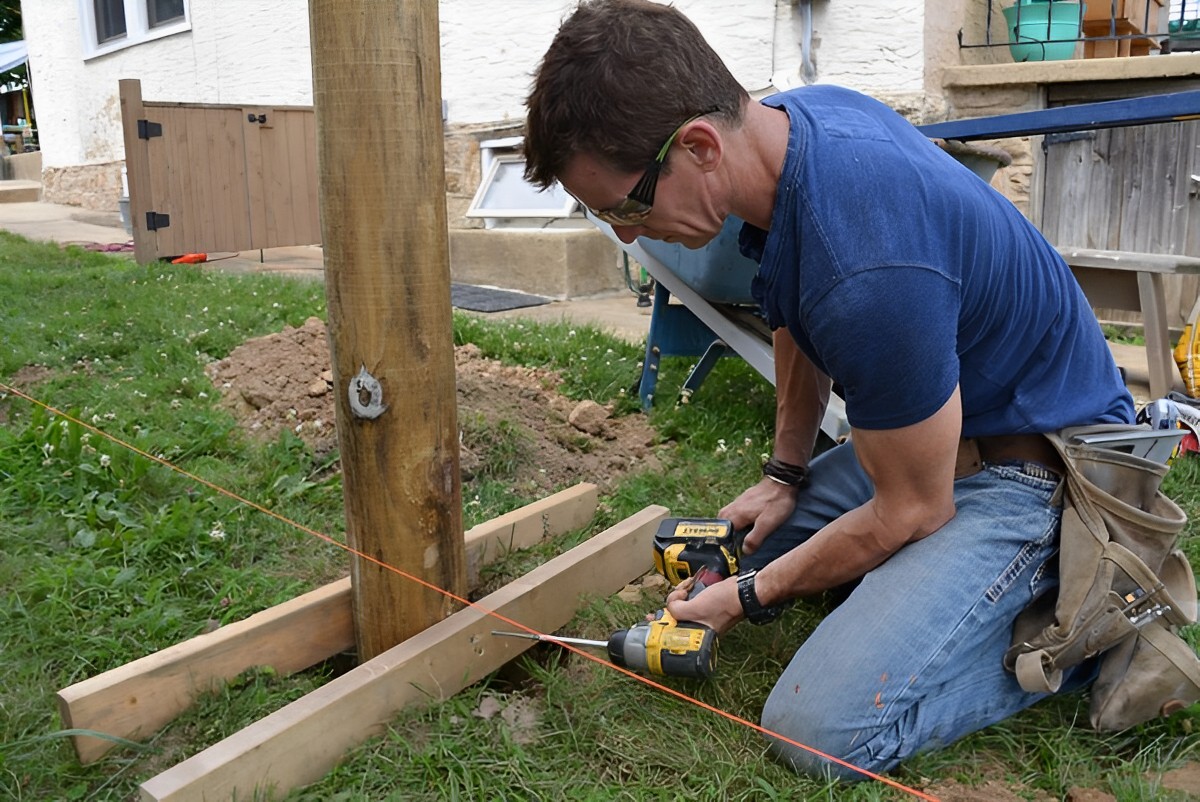
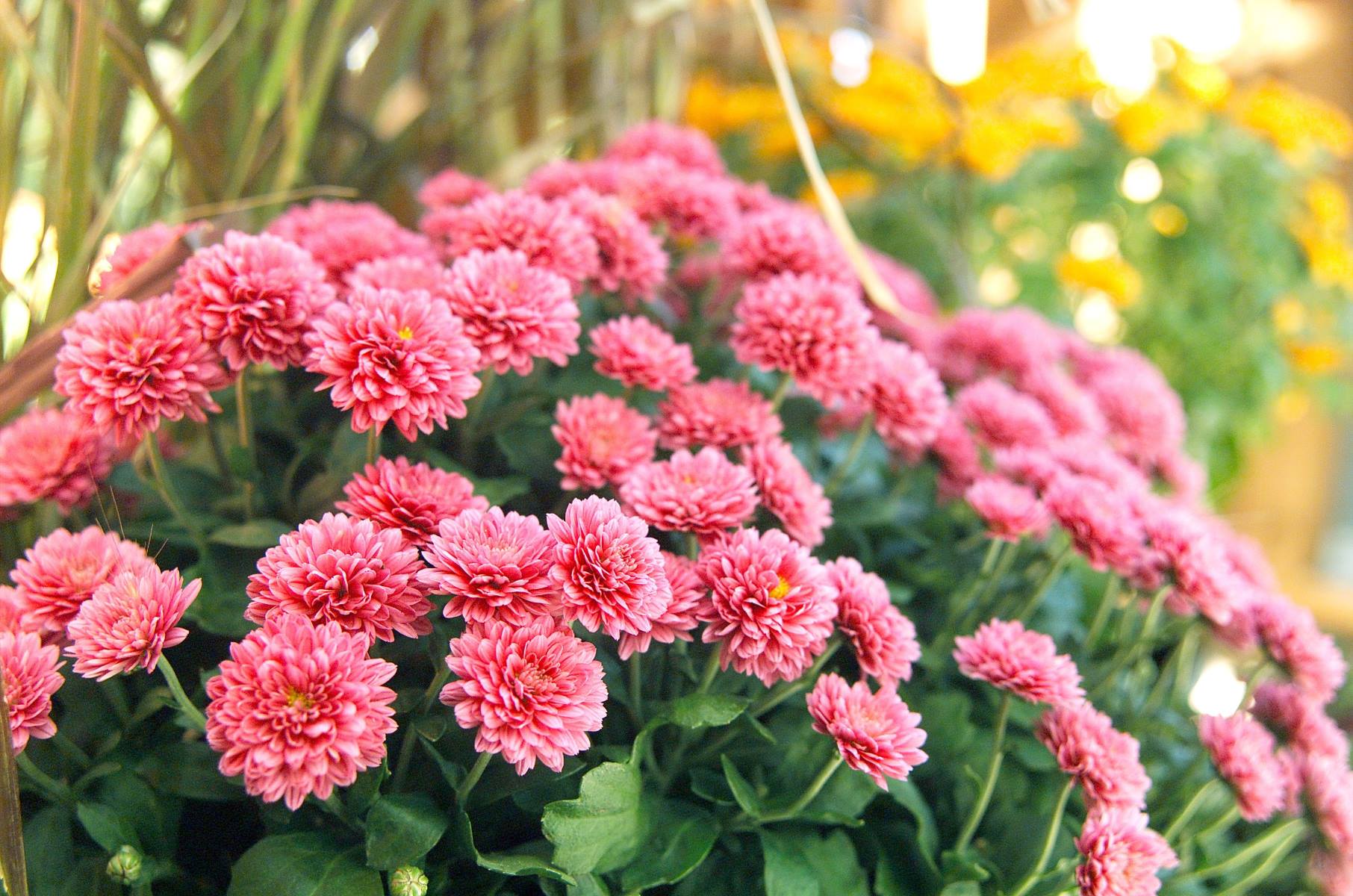
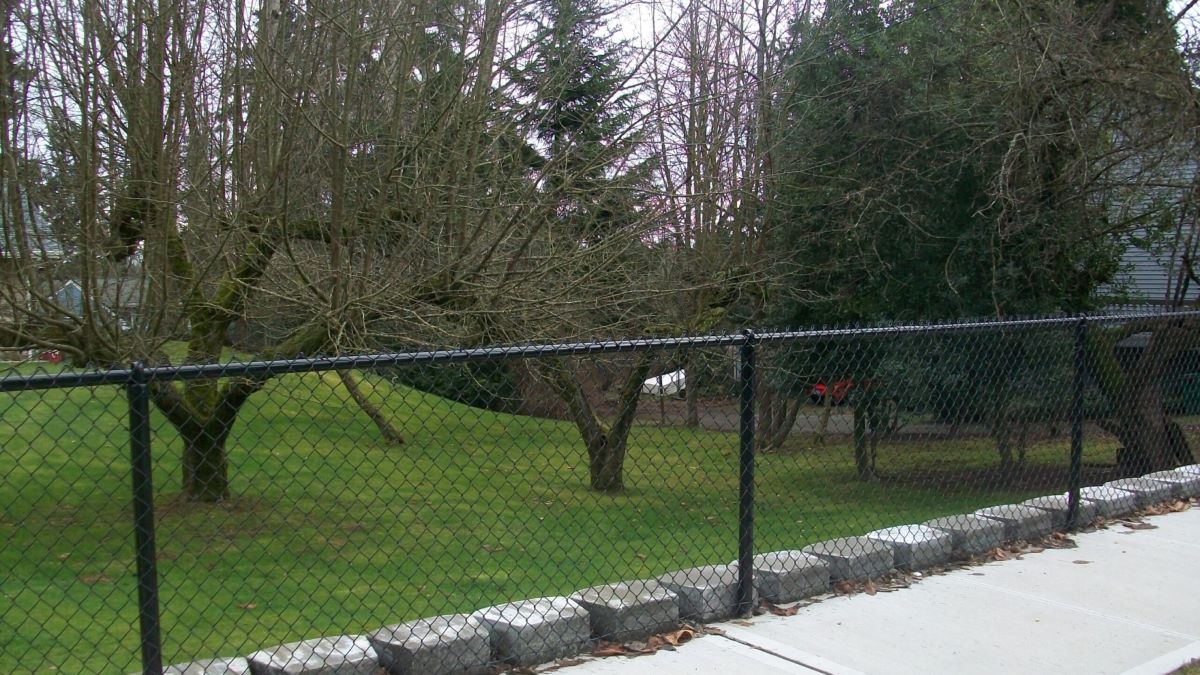
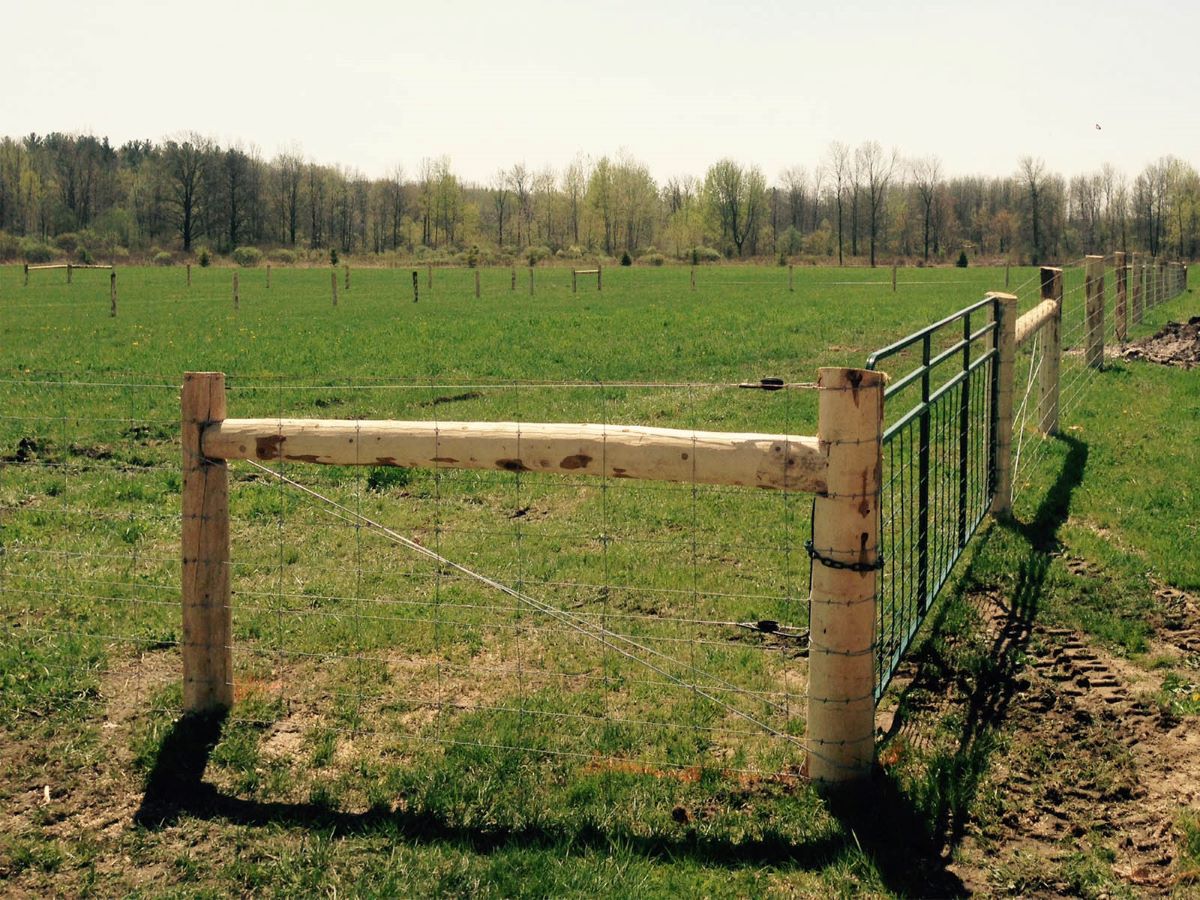

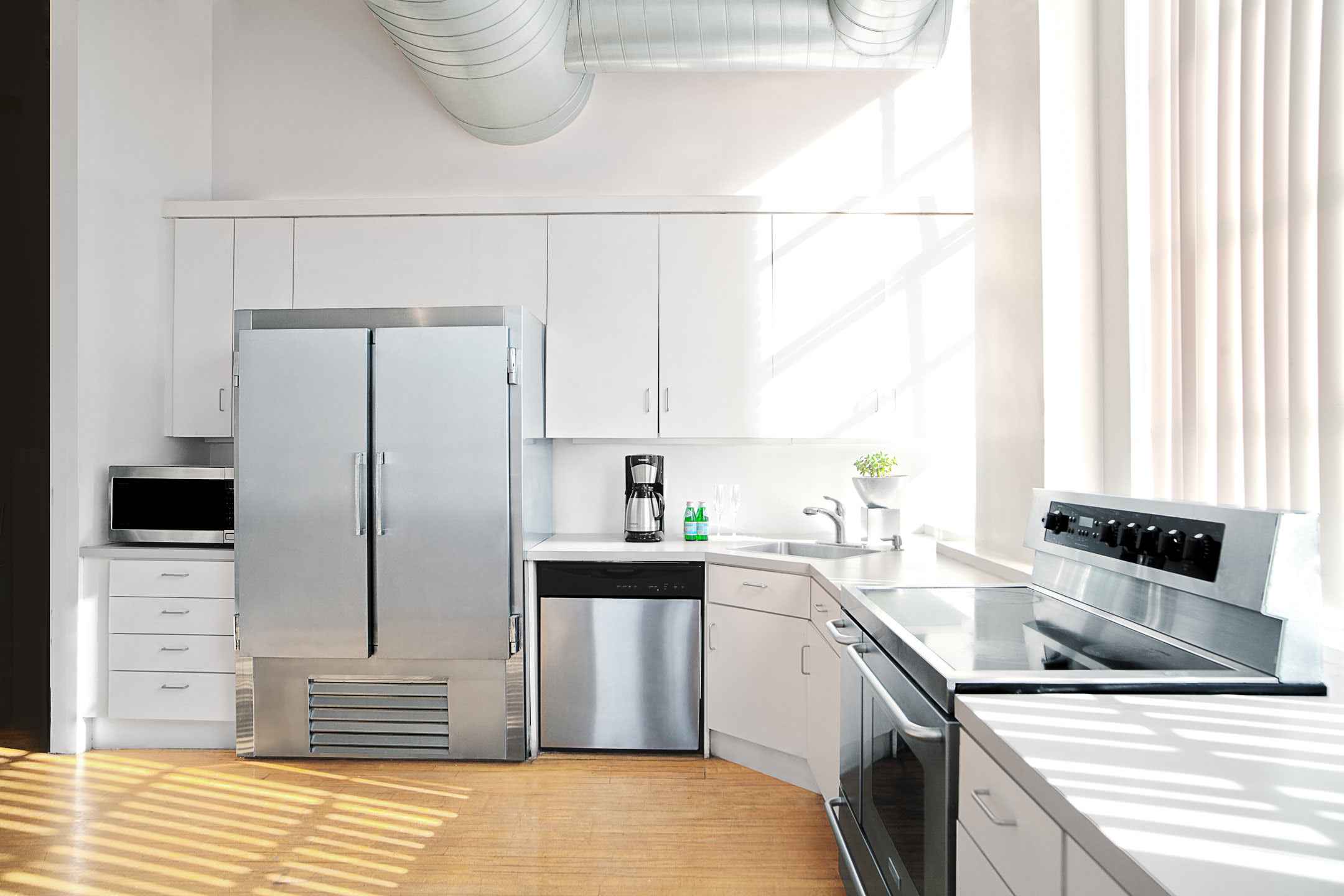


0 thoughts on “How Far To Plant Arborvitae From Fence”